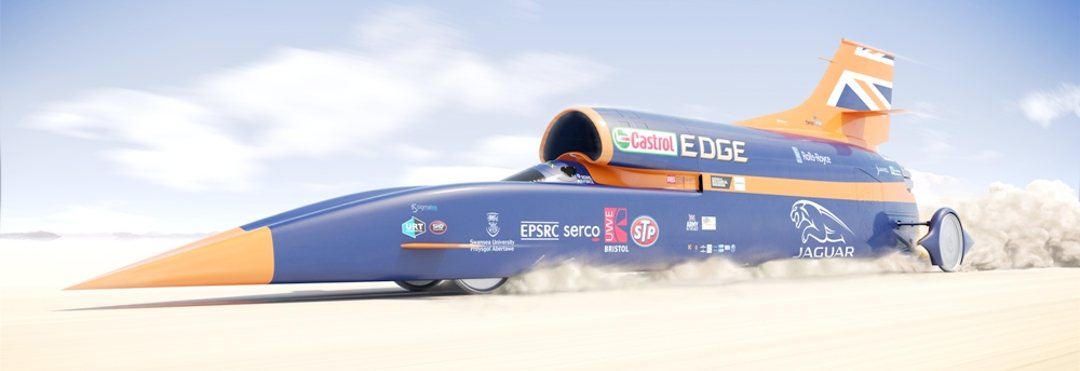[parallax-scroll id=”2531″]
Disclaimer: I’m not a scientist and this is not a scientific article. Although it is a pretty clever article, I have no facts, surveys or statistics to back this up. Just a bunch of (life)experience, common sense, and a lot of absorbed stories about Why we need to socialise our businesses. It doesn’t come from nowhere. But, what if I didn’t write this article.
If there is one dominant feature that separates man from beast.., it’s the ability to ask the question; What if?
Think about this for a minute.
What if we turn that log into an axle and put some wheels on it?
What if we pre-slice that bread?
What if we come up with a philosophy that inspires a more engaged work force?
What if…
An animal never asks “What if?”. It just does what it needs to do. It doesn’t second guess. When it sees a threat it runs, when it sees a pray it attacks (albeit sometimes very calculated).
It doesn’t wonder, what if that snake is quicker than me? It attacks, experience might provide some caution, or tactic, but it won’t stop and wonder about all the possibilities of this life choice.
On the other hand, we humans do it all the time, in almost everything we do. Many great inventions and discoveries were conjured up this way. People asking questions like, what if the earth revolves around the Sun. That would make a lot more sense when looking at the heavens.
If nobody would have ever been able, mentally, to ask that question, we’d still be throwing stones at the other monkeys. Then again, some people are stupid enough not to ask the question and just do, and then the digital world amplifies our thoughtless act. Some learn the hard way that taking a moment asking ‘what if?’ is a very good thing.
Hindrance
Next to the wonderful stories where we invent stuff like electric light or the iPod, we also tend to limit ourselves by the question. In fact, with our current digital lives we enhance the subconscious notion of what might happen if we take a certain action. It often leads to second guessing. Something that can be useful, but not always is.
For some, this is a way of never taking any risk. Pondering about every eventuality and getting stuck on the worst-case scenarios will grind everything to a halt.., and very effectively so.
Insurance commercials, for instance, are experts in lettings us know what will happen if you do not have their insurance. What if you fall down the stairs?
We are trained to do so. In the office and outside the office.
Surveillance State
On a greater scale, our current surveillance apparatus makes us overly self-aware. We know “they” are watching. They admit they do. It is no longer hidden, it’s no longer covered up.
Of course we hear news about censorship in Islamic or communist countries like Iran or China. But in our wonderful western world they are a little more, let’s say… strategic about it.
Under the umbrella of terrorism we (and I do mean us all), we now have mass-surveillance on all citizens. And not just in the US.
Western-Europe also has its Big Brother mechanism well in place, and it works very close with the NSA, doing exactly what it is told.., like a good little dog.
The problem with this all-out surveillance is that it does not discriminate.., sure, you have an extra flag if you are a Muslim, or when you’ve enjoyed a vacation on Cuba, or even when you visit Boing-Boing (read the article at your own risk).
No, it applies to everybody.., no exception. Whether you are decent hard working white collar suburban Christian, or a Mosque visiting single dad with a beard, it really doesn’t matter.
The worst thing is.., the system doesn’t even do what they ‘promise’ it is supposed to do. It doesn’t prevent terrorist attacks. I think the events in Paris are testament to this point.
Besides.., if I were a terrorist and I wanted to communicate with my fellow conspirators.., I’d just get a postbox and send a letter.
Self-Censorship
This is the cause of the actions.
Glenn Greenwald opens his TED Talk with the anecdote of somebody being filmed, without his knowledge, while dancing in a room. The moment he realises someone is filming he stops, embarrassment ensues, the video is posted on YouTube and the odds are that person will never again dance like he’s alone in a room ever again.
This is the effect the awareness of mass-surveillance has. We no longer ask the question; What if somebody is reading this email? We know they do. And therefore we censor ourselves, we don’t speak our mind and we don’t write that email.
And this is not about sharing information about building a bomb.., no, much much worse.., this is about you expressing your displeasure with the current head state for example. Somebody who was elected through a democratic process. Somebody who can be impeached by that same democratic process. It’s about being a dissident.
Greenwald goes on saying;
A country is not judged on how it treats its citizens, it judged on how it treats its dissidents.
So, what if they did found out you were even thinking about this.., you better not. In North-Korea people are taught that their divine leader can read their minds. It sounds far fetched.., but the people of North-Korea are (mortally) afraid to even think bad thoughts.
Thoughtcrime is very real.
This is the world in which we all live.
The Office
This post was intended to be about working in the office, and how “What if…” could prevent you from expressing a great and innovative idea that just might save the company in the long term.
Instead it took a bit of a darker turn.., and now I am wondering if it is even relevant that somebody in some office is able to share a simple thought. Especially in the greater scheme of things.
Then I think.., yes it.
In fact, it just might be the most important thing at the moment.
All For Profit
This “rant” came about, in part, by an article written by Brian Solis; “Companies Profit When Customers Suffer“. And I’m gonna spoil it a little bit, but at some point he explains why shareholders take something that is working pretty good, and which leaves customers and those working with the customers quite happy, and break it. Simply because more short-term profit can be made.
Read the article for a more in-depth explanation.
So, here are some Wall Str. shareholders asking the question, What if we fire the CEO, and replace him with somebody who can be our puppet?
That was the wrong question to ask, but it makes them richer, and that, my friends, with so many things, is the bottom line.
And yes, this is what drives most behaviour in your office too. However misplaced, however short-sided or stupid it is, this is the reality in which we live.
Turning it Around
One of my major concerns is the attitude people adopt because of this retarded way of conducting business.
Employees in the above mentioned company were probably quite content. And the company probably had a pretty good employee engagement and retention. When stuff works and customers are happy, employees are too. It is not complicated.., really.., it’s not.
Turn that around, create unhappy customers and you’ll end up with unhappy employees.., there goes your engagement and retention, and your chance of having a solid and healthy company for the long-term.
To me, this is sad.
Chances are, this is also from experience, and I’m sure everybody can relate, when you have a good day, you bring that home. When you have a bad, that too comes home…
When you have a job which provides an above average amount of good days, you will become a more positive person. You will bring this home, you will bring this back to your local community, your family and friends. This positive outlook has the potential to change the world.
Turn this around… and you create a society where nobody cares.
A society where nobody feels the need to stand up and do what’s right.
A society where nobody stands up against the bullies of the world.
The only thing necessary for the triumph of evil is for good men to do nothing. – Edmund Burke



 Enter the
Enter the 


